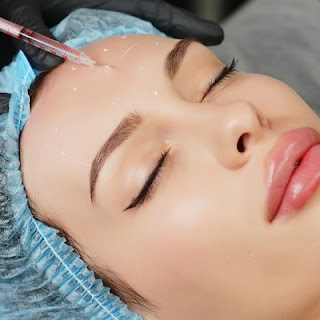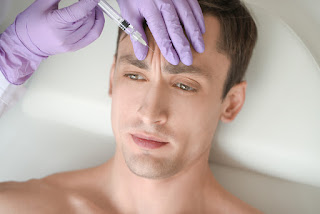Understanding Hair Transplant Loss: What You Need to Know
Understanding Hair Transplant Loss: What You Need to Know
Hair loss can be a distressing experience for many individuals, impacting self-esteem and confidence. Hair transplant procedures have gained popularity as an effective solution to combat hair loss and restore a fuller, more youthful appearance. However, it's important to understand that hair transplant loss can occur, and having realistic expectations is crucial. In this blog post, we will delve into the topic of hair transplant loss, discussing its causes, prevention strategies, and management techniques.
Hair transplant loss, also known as "shock loss" or "telogen effluvium," refers to the temporary shedding of transplanted hair following a hair restoration procedure. It can occur due to various factors, including the trauma caused to the scalp during the surgery, the disruption of blood supply to the transplanted hair follicles, and the natural hair growth cycle.
It's essential to note that hair transplant loss is a normal part of the healing process and should not cause alarm. Most individuals experience shedding of the transplanted hair within the first few weeks or months after the procedure. This shedding is temporary and makes way for new hair growth. The transplanted follicles remain intact beneath the scalp, and over time, new hair will begin to grow from these follicles.
Preventing hair transplant loss can be challenging, as it is a natural occurrence. However, there are certain precautions and strategies that can help minimize the risk and promote healthy hair growth. Following the post-operative instructions provided by your surgeon is crucial. These instructions may include gentle hair washing techniques, avoiding excessive manipulation of the scalp, and refraining from activities that could strain the transplanted area.
Maintaining a healthy lifestyle can also contribute to optimal hair growth after a hair transplant. Adequate nutrition, regular exercise, stress management, and good sleep hygiene can all play a role in supporting the healing process and promoting hair growth.
Managing hair transplant loss involves understanding that it is a temporary phase. Patience is key, as it can take several months for new hair to grow in and for the final results of the procedure to be visible. It's important to keep an open line of communication with your surgeon throughout the recovery period, as they can provide guidance, reassurance, and monitor your progress.
In some cases, additional treatments may be recommended to enhance hair growth and minimize the appearance of hair transplant loss. These treatments may include medications, such as minoxidil or finasteride, to promote hair growth and strengthen existing hair. Platelet-rich plasma (PRP) therapy or low-level laser therapy (LLLT) may also be used to stimulate hair follicles and accelerate the healing process.
Understanding hair transplant loss and managing expectations are vital for individuals considering or undergoing a hair restoration procedure. By recognizing that shedding is a normal part of the process and being patient during the recovery period, individuals can experience the full benefits of the hair transplant in due time.
In conclusion, hair transplant loss is a temporary phenomenon that can occur following a hair restoration procedure. It is a natural part of the healing process, and shedding of transplanted hair is expected. By understanding the causes, taking preventive measures, and following post-operative instructions, individuals can promote healthy hair growth and achieve the desired results of the hair transplant. Remember to consult with a qualified and experienced surgeon to discuss your specific concerns, expectations, and any questions you may have regarding hair transplant loss.
Book your appointment now : https://www.enfieldroyalclinics.com.pk/



Comments
Post a Comment